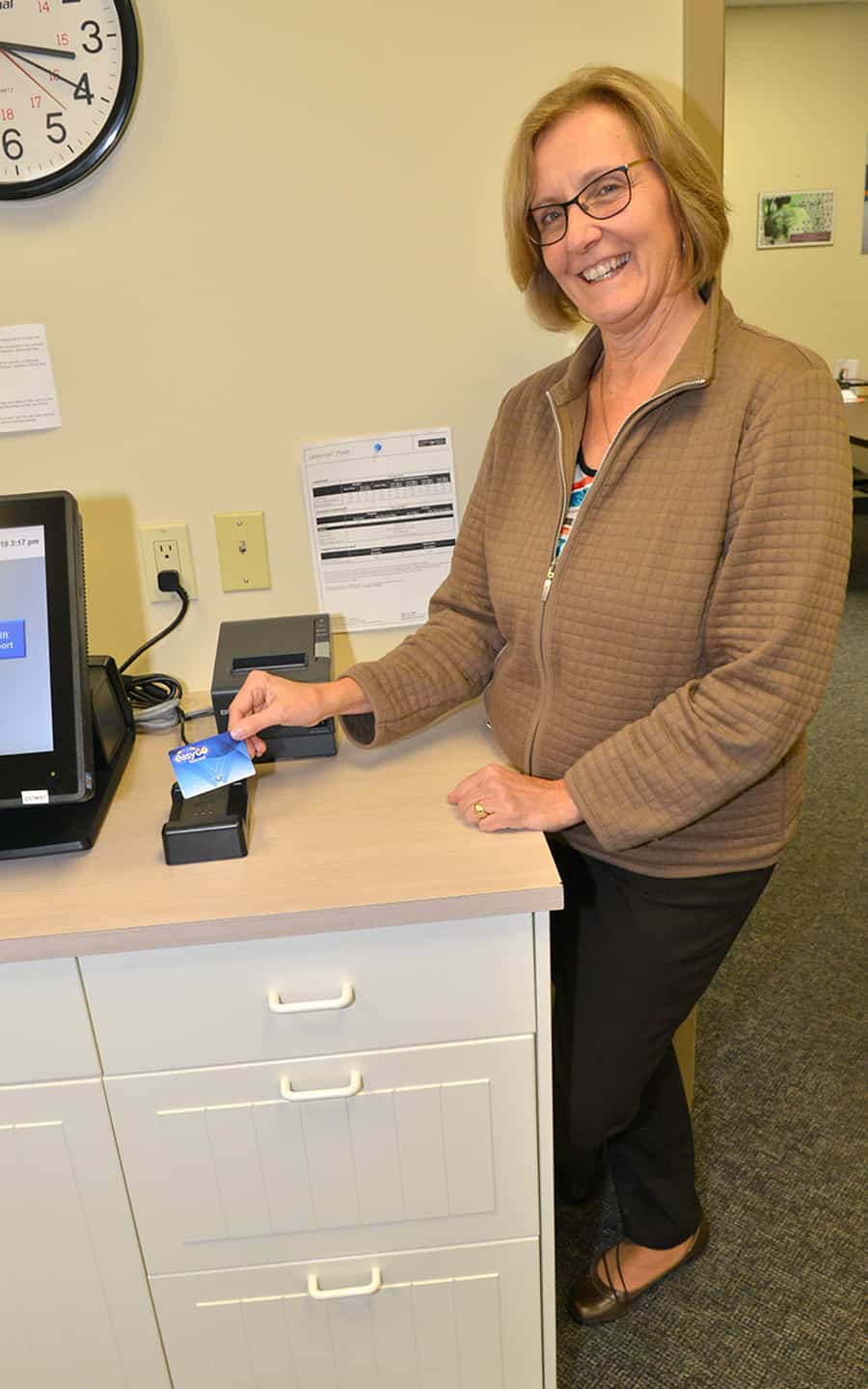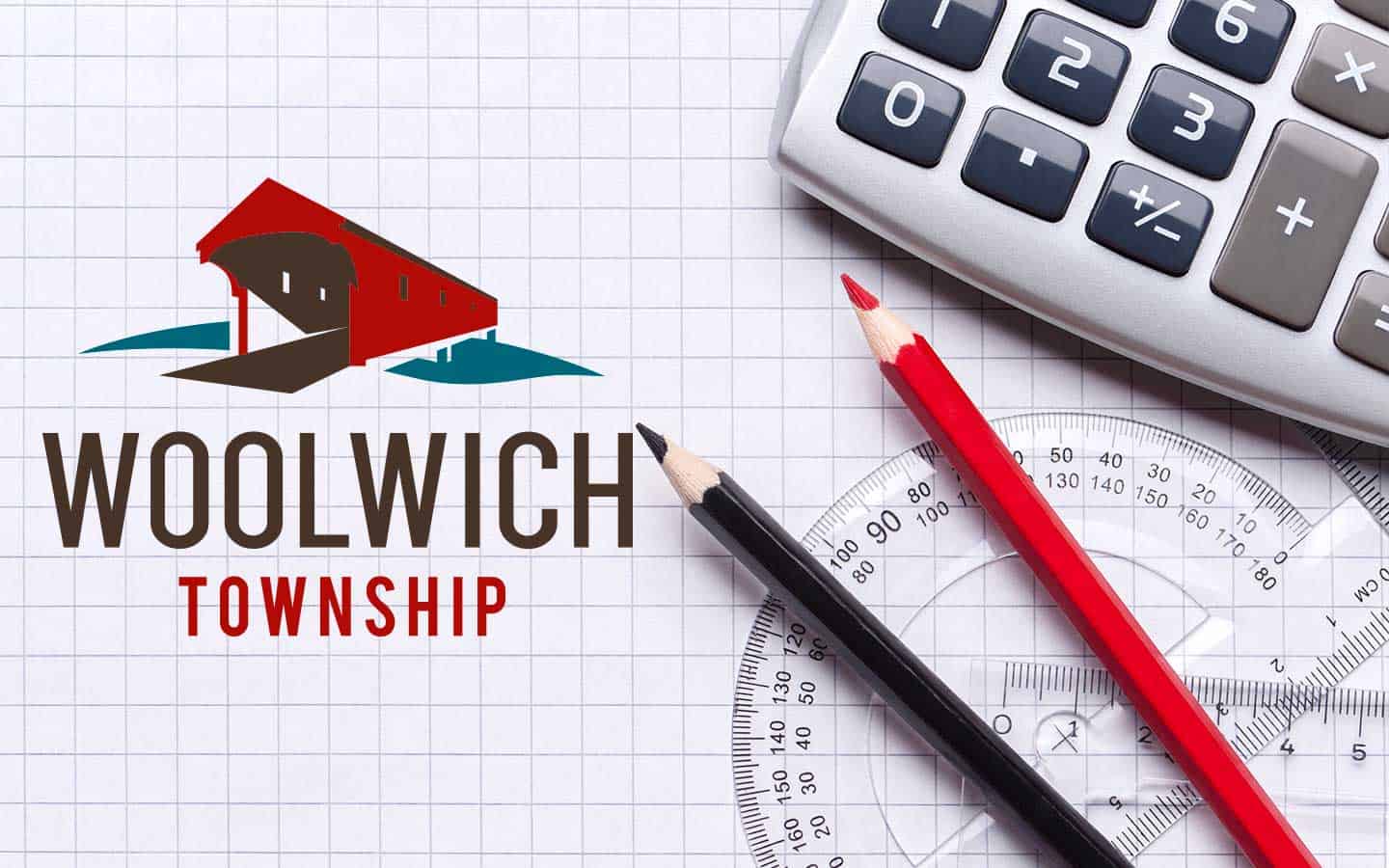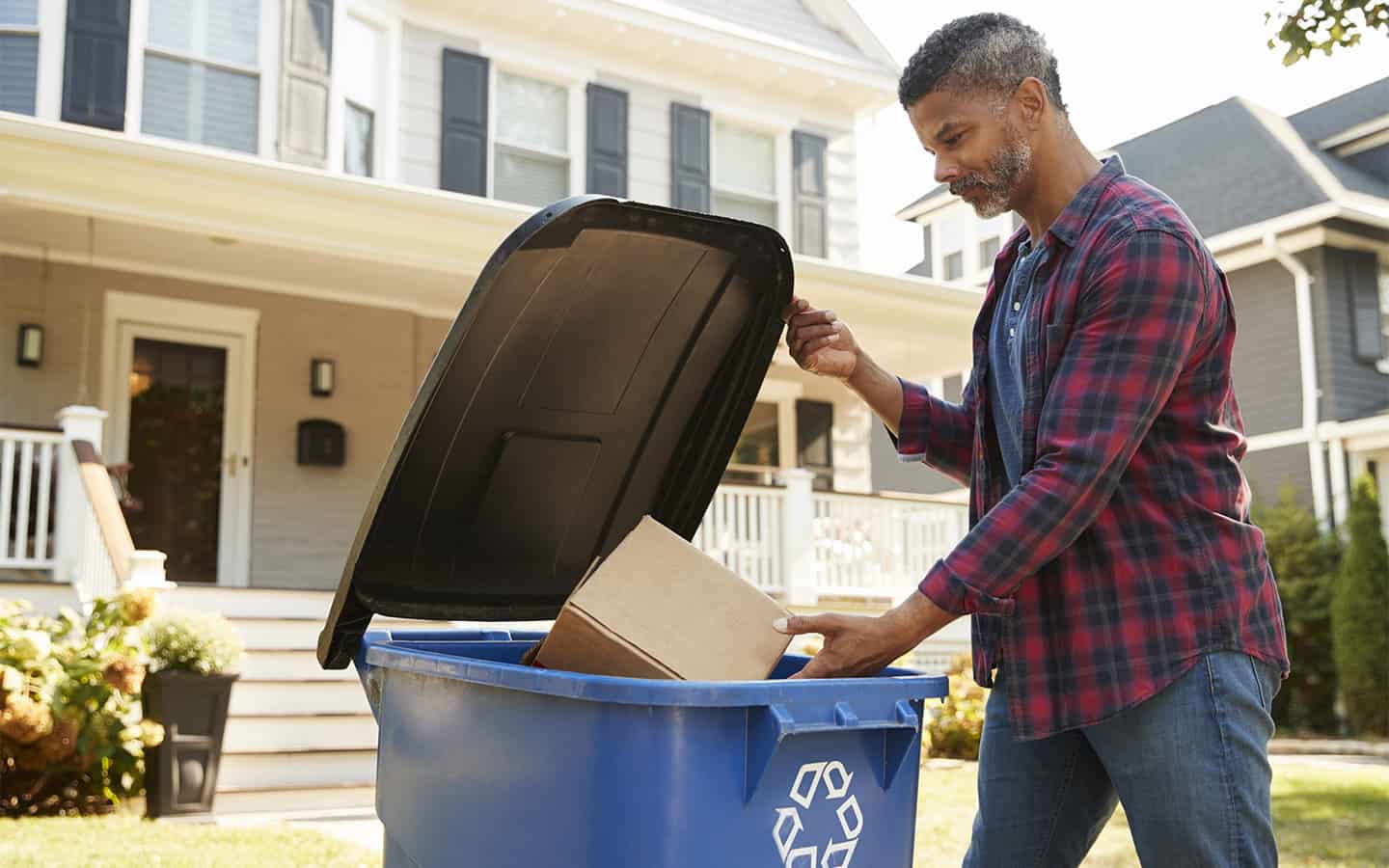The Elmira circulator bus continues to operate free of charge, but if it becomes a permanent fixture it’ll have to be integrated into Grand River Transit’s fare system. A decision is still a year away, giving the region more time to work out the bugs.
The EasyGO fare card has certainly had its share of glitches since being rolled out this summer in conjunction with the launch of light rail transit. That was to be expected with any new system, says the region’s director of transit services.
“We’re doing pretty well, but we didn’t start out too well,” admitted Peter Zinck, pointing to problems that were both systemic, including software issues, and related to individual kiosk machines.
Since rollout, there have been software upgrades, as well as improvements to the hardware, he said.
Many of the issues were related to ease of use, including installing card-holders on the machines to ensure users are less likely to get transfer errors in putting money on the cards.
The region has been working with the supplier, Scheidt and Bachmann, to work out the bugs, said Zinck.
The company was last month awarded a $650,000 contract to provide parts to service the machines over a five-year period. There’s also a $360,000 per year deal with provide maintenance for the electronic fare management system.
In dealing with glitches, Scheidt and Bachmann are drawing on their work with fare systems in other cities, including Ottawa and London, Ont., said Zinck, noting the supplier has “stepped up” to address the concerns.
“They’ve got some learned experience from other places,” he said, pointing to the card-holder upgrades as an example. “That’s a case of something they’ve learned elsewhere.”
The region is looking to integrate its entire system to the EasyGO system, making it seamless whether riders are using the LRT, buses or the BusPlus system, such as the New Hamburg route rolled out in Wilmot Township. The smaller vehicles have been equipped with handheld fare-card readers, for instance.
That would likely be the system employed if the Elmira circulator bus become a permanent service. Currently operated by Kiwanis Transit under a twice-extended pilot project, the local shuttle service makes a five-kilometre loop through Elmira time to coordinate with the GRT route 21 scheduled stop outside the township administrative office at Church and Maple streets.
If the service is made permanent, Kiwanis Transit would “definitely” make a bid to continue operating the route under any request for proposal (RFP) the region might issue, said manager Cheryl Fisher. The current pilot project runs through December 2020.

Bidding on the contract would mean providing a bus and other equipment meeting the specifications of the RFP, she added.
Woolwich ratepayers are currently hit with an $80,000-a-year special levy to fund the circulator bus, with a regional report earlier this year predicting that number would more than double to $173,000 if the service was placed under the auspices of the GRT.
Currently, the service sees an average of 1,200 to 1,300 riders per month, with the region expecting boardings to drop by a third when fares are introduced.
For now, ridership remains strong, said Fisher. From January through October this year, about 14,000 boardings, of which some 1,100 were transfers to or from GRT route 21. Kiwanis Transit was able to shift about 1,250 rides from its specialized service to the circulator bus in the first 10 months of the year.
Current levels amount to about nine boardings per hour of operation.
“It’s doing very well. We are very pleased with the numbers, as is the region.,” she said. “The community has embraced it.”
Kiwanis Transit has an EasyGO kiosk at its Industrial Drive location. There’s been discussions about installing one at the township administrative building, which is the connector point between the Elmira bus and route 21. The township previously sold tickets before the switch to electronic fares, and people still come in looking for tickets, said director of finance Richard Petherick.
While there has been talk of kiosk, the region hasn’t indicated any timelines, he added.
At the region, Zinck said improvements are always in the works, with seamless integration a key goal.
“One system, one fare. We’re moving to that. Sometimes we [miss] – it’s a fairly complex system in a variable environment,” he said.
Among those complexities will be dealing with the first winter season under the new system, particularly the outdoor kiosks at the LRT stations.
“That will be a learning curve for us,” said Zinck.









